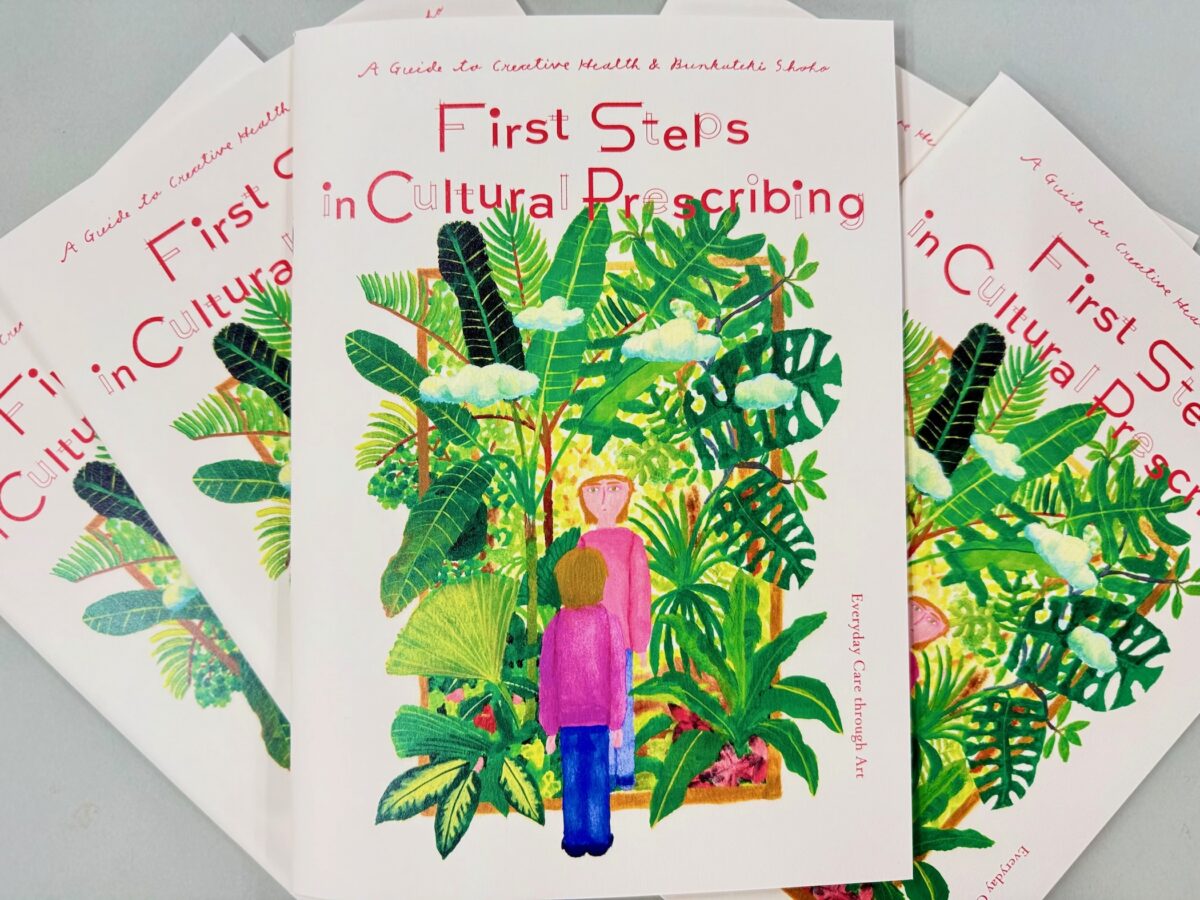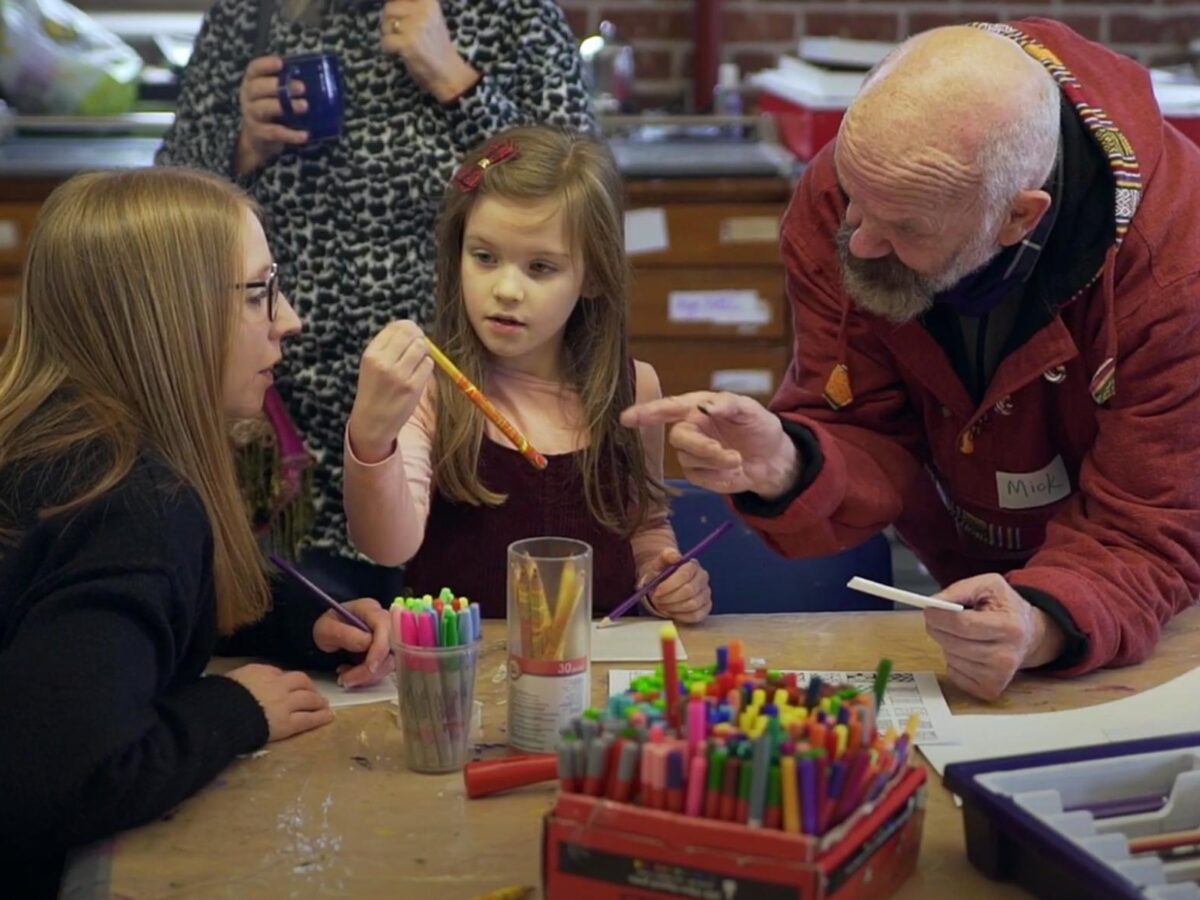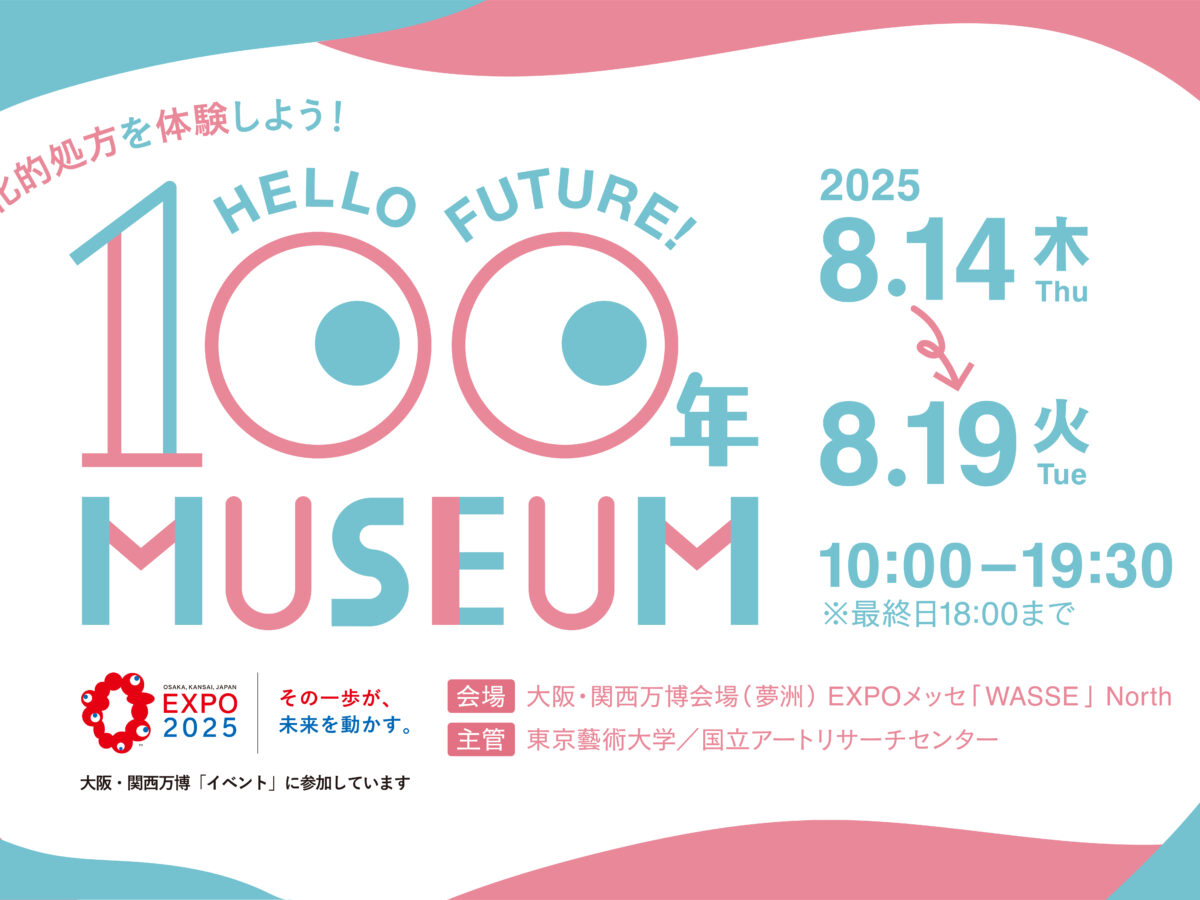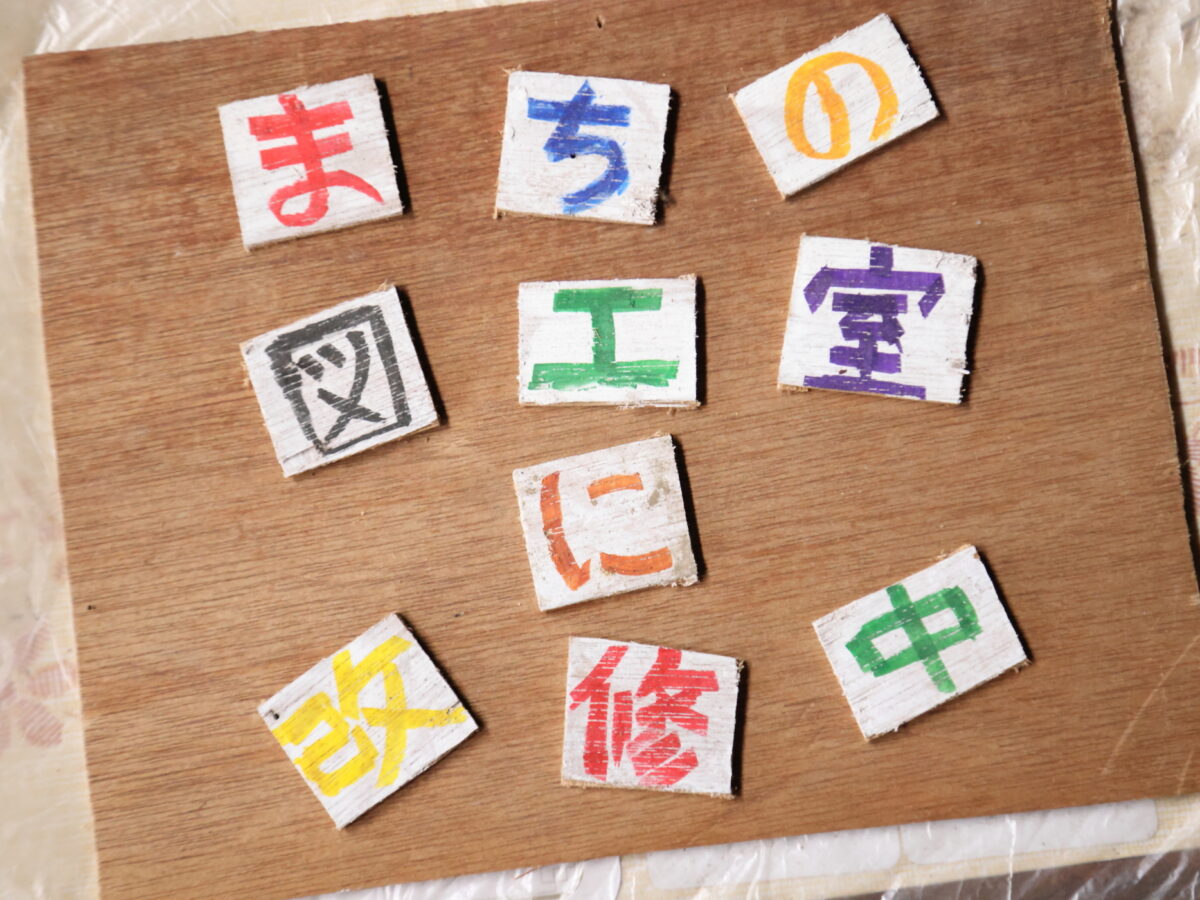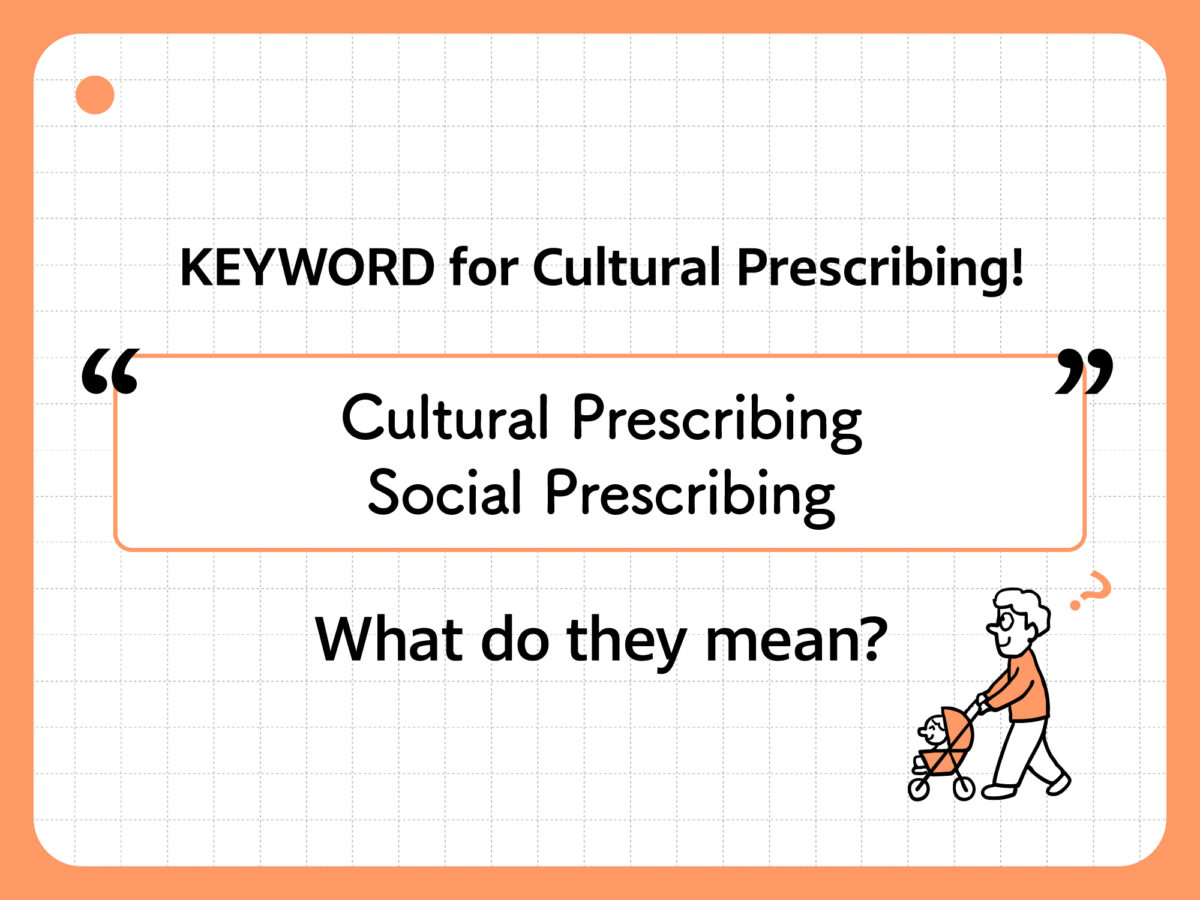 KEYWORD for Cultural Prescribing! "Cultural Prescribing and Social Prescribing" What do they mean?
KEYWORD for Cultural Prescribing! "Cultural Prescribing and Social Prescribing" What do they mean?“Creative Health” involves creative approaches and activities that have benefits for people’s health and wellbeing. In Greater Manchester, UK, it is also part of its approach to addressing health inequalities. This initiative sees cultural programmes, such as doctors prescribing creative activities or opera companies offering singing programmes to patients with respiratory conditions, becoming an integral part of health care. How did art come into the picture? Sawako Inaniwa, Senior Curator at National Arts Research Center, spoke with Julie McCarthy, who leads the Greater Manchester Creative Health Strategy, the first of its kind in the world, about the evolution from grassroots movements to local government policy, on-the-ground implementation, and future plans.. This is part two.
目次
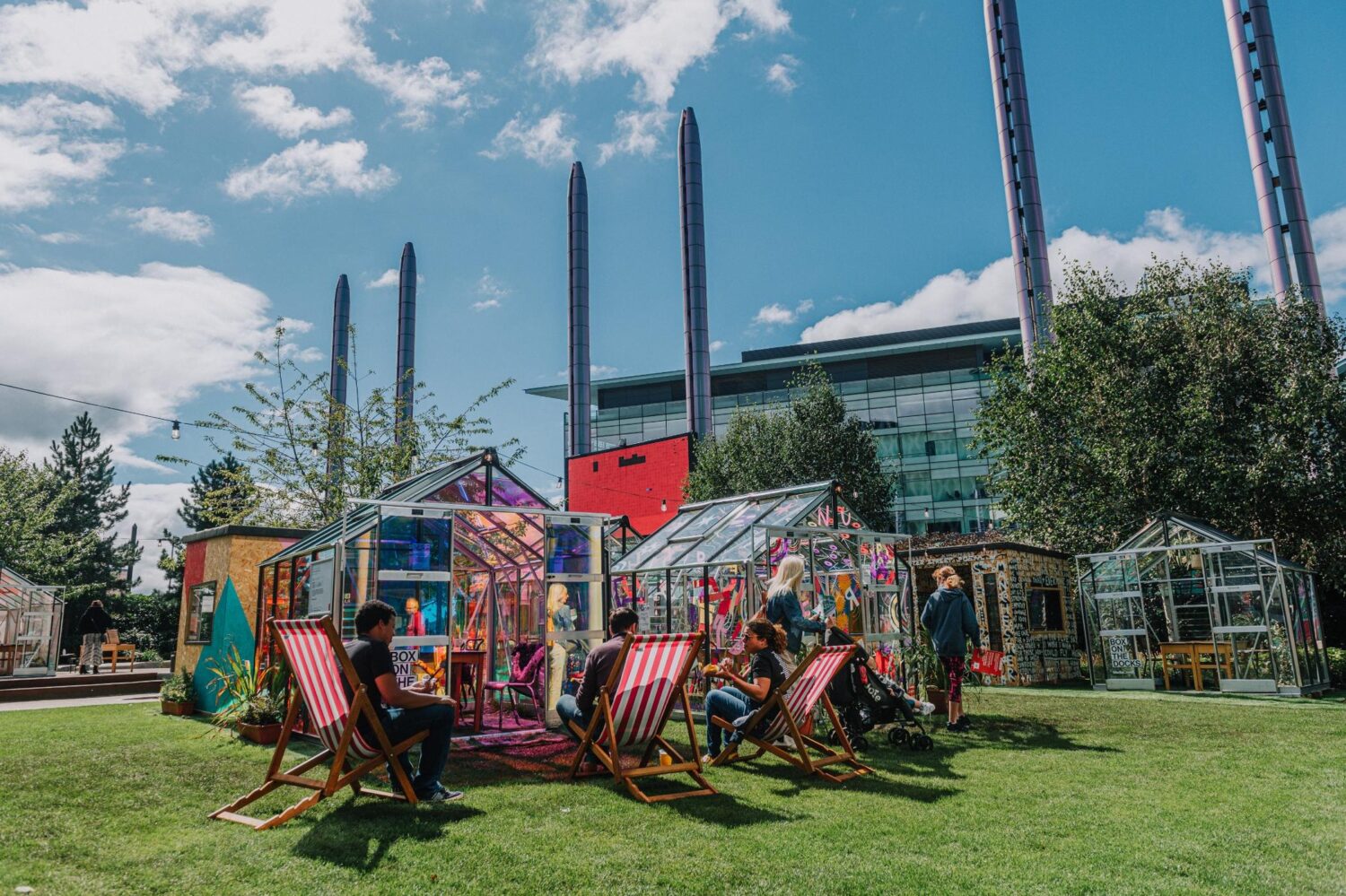
The Power of Art, Gently Spreading
Inaniwa With the develop ment of the Creative Health strategy, are Greater Manchester residents more aware about how the city region is implementing Creative Health initiatives, and how this might be impacting on their well-being? What is your impression of the general public’s reaction and perception
McCarthy If you’re asking whether they are aware of creative health, the answer is “no.” This is because it’s a relatively new term and we have only just begun implementing our delivery plan. We are currently implementing five major programmes, but if you were to ask someone walking down the street in Greater Manchester, “What is Creative Health?” they probably wouldn’t be able to answer.
But in a way, that is not so important. What is important is that they have access to the right support, the support they want, when they want it, where they want it, and that it is effective for them, rather than knowing the definition of Creative Health. However, raising public awareness around it, similar to sports campaigns, will be a central part of our strategy in the coming years. What I think is important now is to help people understand that health isn’t just about going to the doctor; it’s something you can have some control over and contribute to by adopting health behaviors in your home, with your family, in your local community and that creativity is one area of activity that can support you with this. People will eventually become more familiar with the idea of Creative Health in the same way that people now generally recognize that physical exercise contributes to health and wellbeing.
Shifting From Treating Illnesses to Creating Health
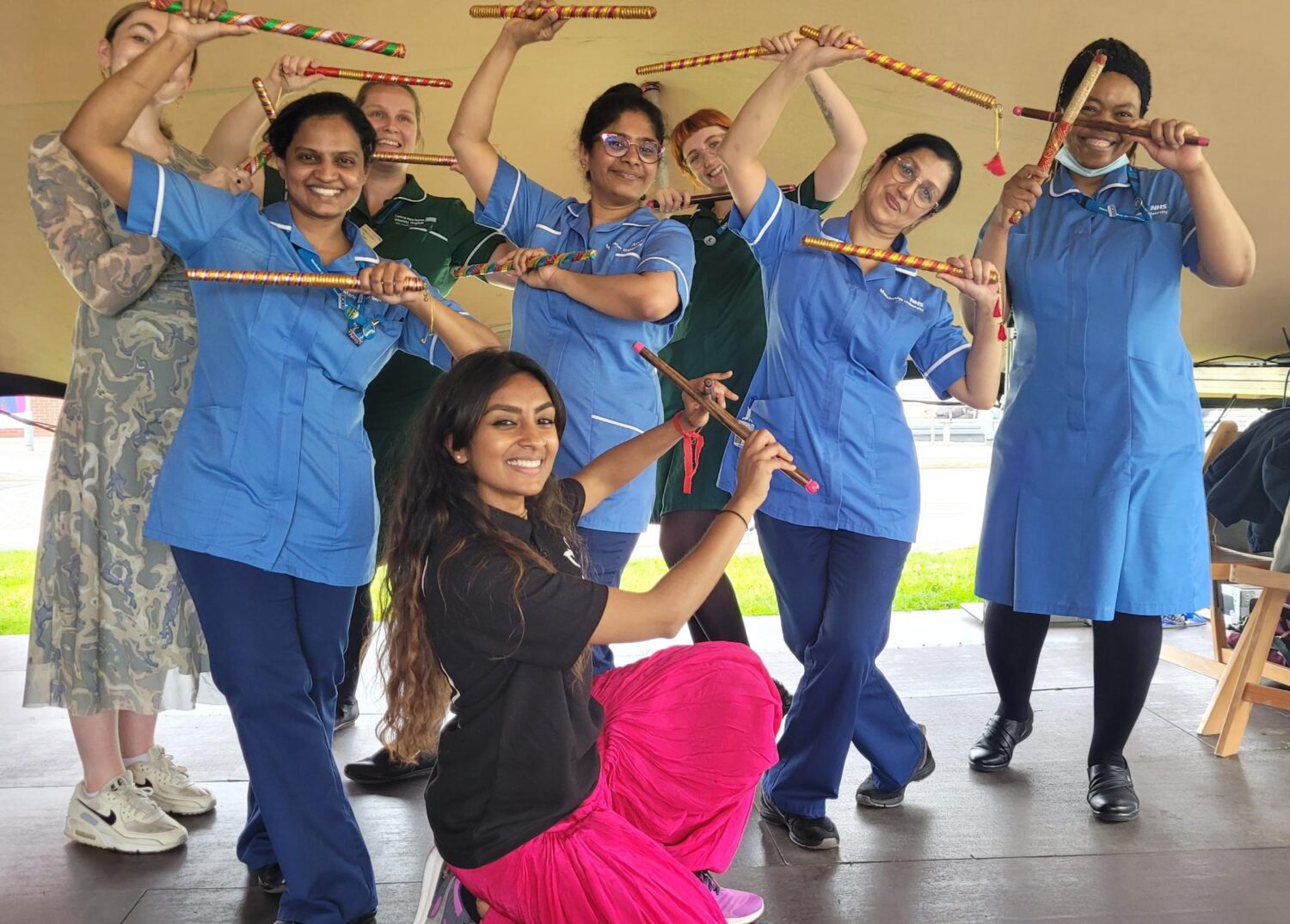
Inaniwa That’s an important point. Social prescribing and Creative Health are one of the methods of holistic care (a way of caring that values the whole person—not just the body, but also mental care, social connections, and a sense of purpose). This approach to care isn’t just about the symptomatic treatment of going to the doctor and getting medicine when you’re sick; it’s an approach that seems to make us think about what it means to be human, by engaging in the essential aspects of what makes us human while advancing care.
McCarthy You’re absolutely right.
Inaniwa However, the approach to healthcare and welfare proposed by Creative Health might be difficult to understand for people accustomed to the conventional, modern medical system of going to the doctor and getting medicine. How would you explain this to people who are yet to experience its effects?
McCarthy We’re not trying to convince people, “Don’t go to the doctor”, “Don’t take your medicine.” What we are saying is, there are other things you can do, to live as well as possible in your particular circumstances and that is what Creative Health aims to convey.
You mentioned social prescribing earlier. As an example, at the Arts for Recovery in the Community (ARC) Centre, there’s a 10-week arts programme called ‘Arts for Wellbeing,’ which doctors can prescribe to their patients.
Link: https://arc-centre.org/adult-wellbeing-programmes
For instance, for someone experiencing depression or loneliness, participation in this programme can be prescribed. There are also programmes that people can join without a prescription, and in this way, we involve not only patients and potential patients but also doctors and clinical staff, who recognize the benefits and share information about the service.
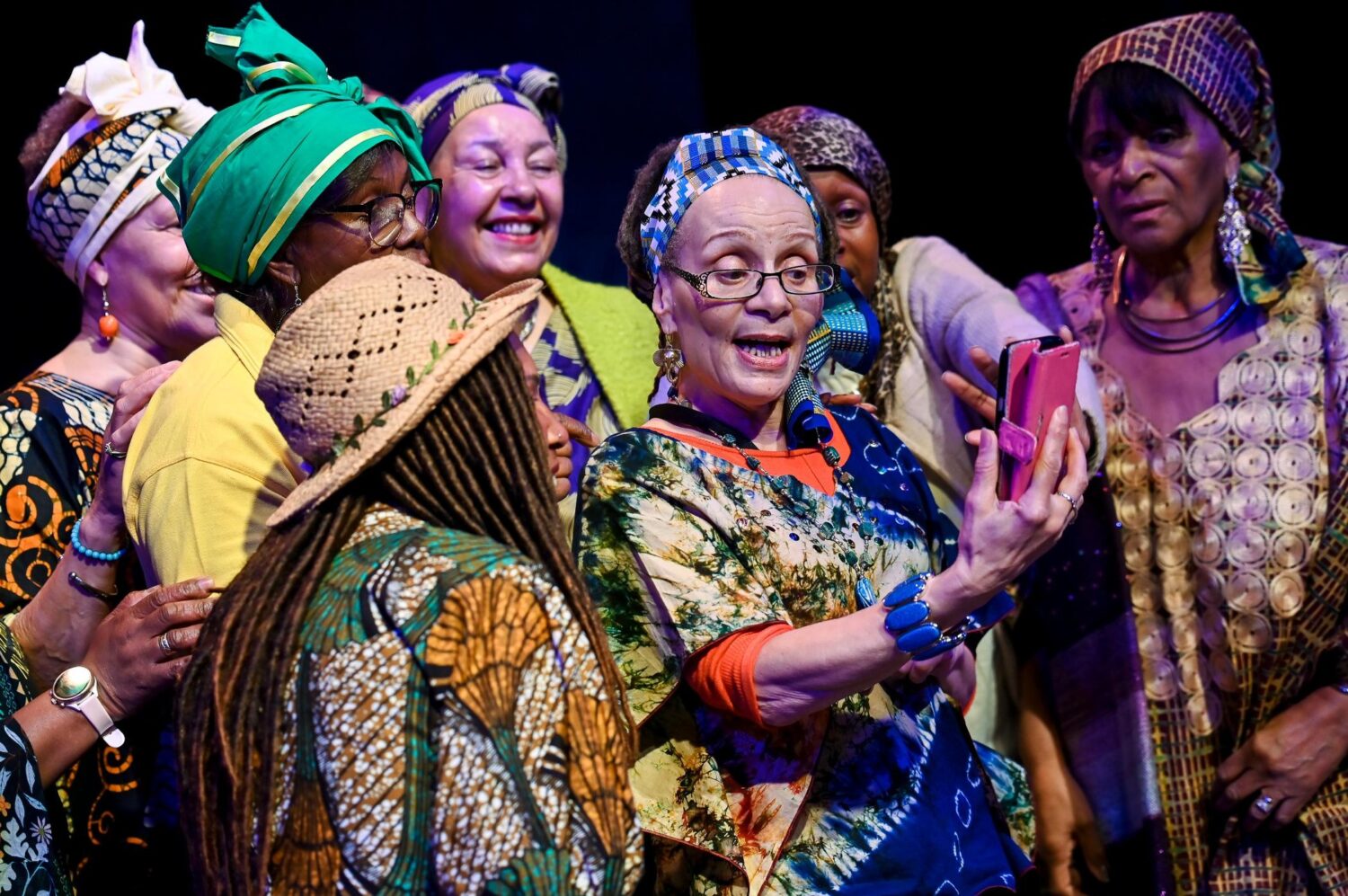
Another example is the English National Opera (ENO), who developed a programme for people with Long Covid during the COVID pandemic. They are now further developing this work with healthcare professionals to support patients with Chronic Obstructive Pulmonary Disease (COPD) and we are piloting this in Greater Manchester. The programme is prescribed as a medical intervention and is for those with a long-term condition. COPD patients often experience not only physical symptoms but also loneliness. We are examining how the programme, addressing these various factors, impacts both their daily well-being and their lung health
And this brings me to one final point in response to that question, we obviously have to look at the economics around Creative Health. We are currently working with health economists to try and understand the costs and benefits of these programmes. We’re lucky that we have access to patient records, so we can potentially compare the outcomes for people who have taken part in the programmes with those who haven’t, for example the number of doctor visits and ambulance use. Then we can start to make the economic case for these approaches and demonstrate to health systems that there is a potential to save money. However, measuring the financial impact of someone being less ill than they could possibly be is a big challenge.
Nurturing Together– Small Seeds to Large Activities
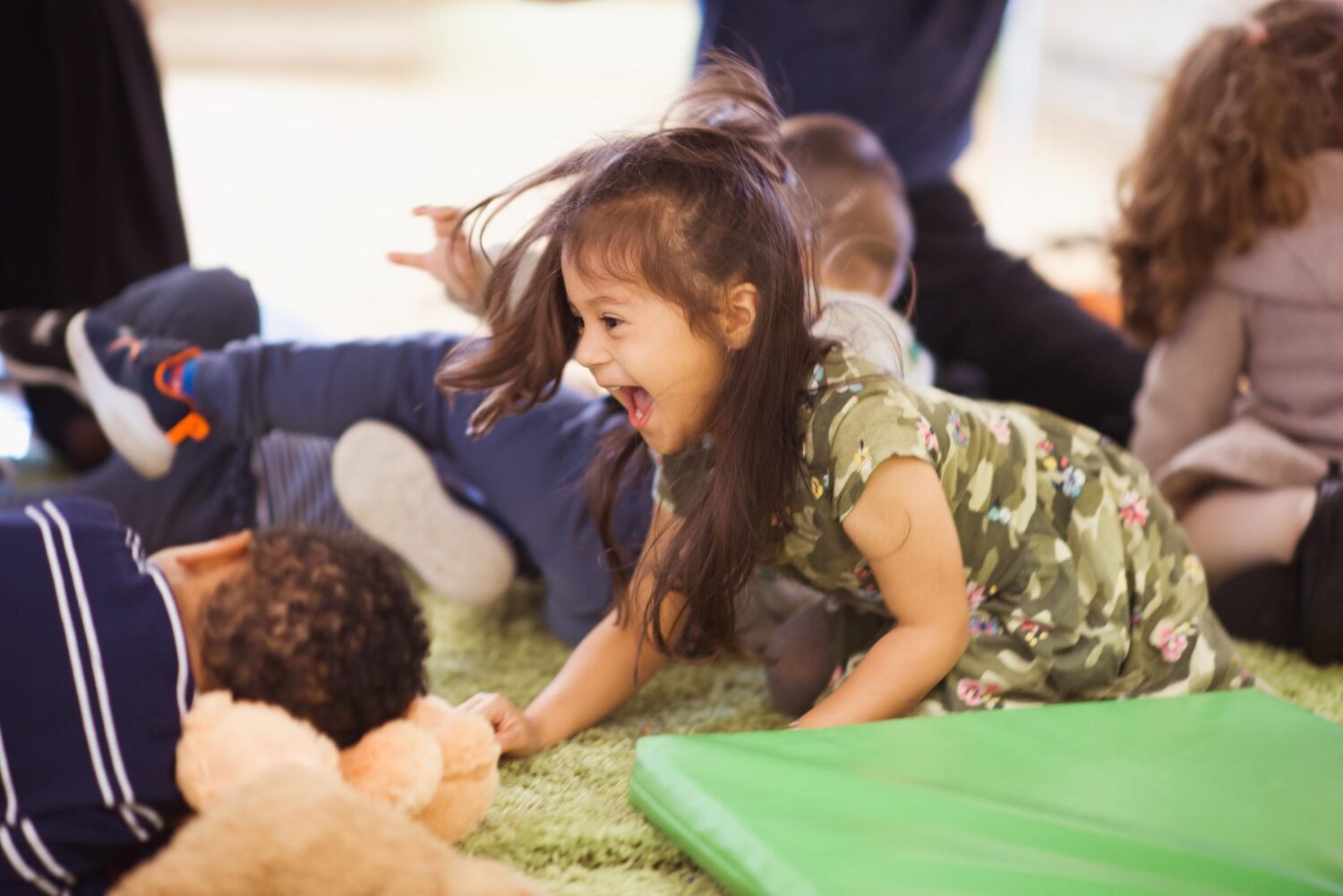
Inaniwa Julie, by the way, how does the development of Creative Health programmes usually begin? For example, do you start by thinking about a programme from an existing issue, or do you have a programme and then connect it to an issue?
McCarthy Everything starts with partnership. It starts with a conversation to acknowledge what issues our partners are facing and what we can do together. And once we explore an issue together, sometimes we conclude, “it’s not the right time,” or “it’s not the right kind of approach.” Often, it starts from both the issue and the solution we find by exploring the problem together.
Inaniwa Choosing the partnership itself is crucial, isn’t it? How do you determine the ones you can work with?
McCarthy We look at where there are health inequalities and see if there are ways that Creative Health could actually do something there.
An example is when we were developing a school readiness programme for preschool children with the Greater Manchester Combined Authority and NHS GM. We were approached by Ballet Rambert, a national dance organisation who wanted to work with us. We quickly identified that their early years programmes could form the basis of a training programme for staff in nurseries so that they could develop children’s motor skills. After a small pilot, during which we learnt a lot about how to work together, we said yes, this works. It works for the practitioners, it works for the children, it works for the partners. It’s cost-effective. And so now we’ve scaled up. We grew through action research, employing a cycle of practice and research.
Conversations and partnerships happen organically. We usually start really small and then we grow, confirming after each stage that it works well. That is how we have ended up with the five programmes that we have now.
From “Nice to Have” to “Need to Have”
Inaniwa My final question. What goals do you envision moving forward, Julie?
McCarthy The goal is to make Creative Health sustainable. It’s about making Creative Health an organic, embedded part of the health and social care system. It’s having people recognise the importance of creativity for their health and wellbeing, and have ways to access that when they need and want it.
You can’t impose Creative Health on people who want to, say, play football, but if they do want to explore creativity to support their health, we want to create an environment where they can immediately access opportunities. And these might be in their local communities, they might be run by their neighbor, or it might be as part of a care plan that a clinician puts in place. Making it available when needed and wanted is the ultimate goal.
A phrase we often use is “from nice to have, to need to have.” We aim to elevate Creative Health from a level of “it would be nice to have”, to “we can’t do without it!”
This phrase is also relevant for healthcare professionals and for communities. For example, it’s important to shift a clinician’s thinking from “cultural activities might be nice to have” to a recognition that “not, this needs to be part of our health system.” And we want communities to have access to creative activity that helps them to support their own health and wellbeing. That’s the kind of world we are aiming for.


